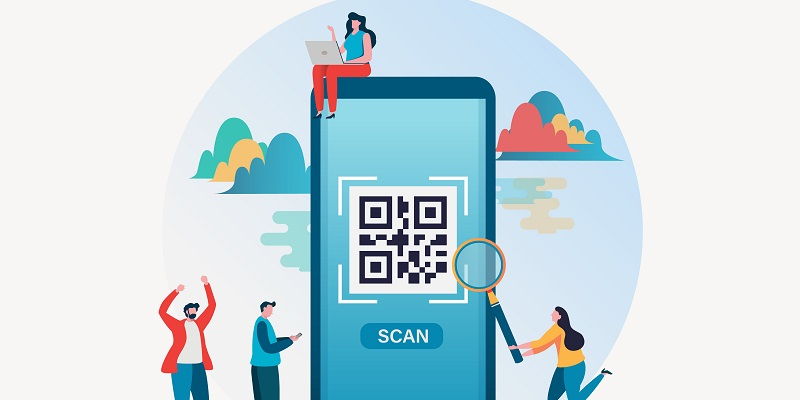In the ever-evolving landscape of cyber threats, a significant phishing campaign has emerged, employing QR codes as a deceptive tactic. One of the primary targets of this sophisticated campaign is a major US-based energy company. The surge in this malicious campaign has been staggering, with a 2400% increase in volume witnessed since May 2023.
Surge in phishing campaign
The exponential growth of the phishing campaign is a cause for concern. Since May, the number of attacks has skyrocketed, reflecting a 24-fold increase. This surge in phishing attempts poses serious risks to various industries, with no signs of slowing down.
Energy sector giant targeted
Among the targets of this sophisticated campaign, a major US-based energy company has been hit the hardest. A staggering 29% of the malicious emails, numbering well over 1000, were directed at this energy sector giant. This high-profile targeting further underscores the severity and potential harm posed by the phishing campaign.
Other industries affected
While the US energy company bears the brunt of this phishing campaign, other sectors have also felt its impact. Manufacturing, insurance, technology, and financial services companies have accounted for a combined 37% of the attacks. This speaks to the wide-reaching nature of the campaign and the need for vigilance across industries.
Email impersonation tactics
The attackers behind this phishing campaign employ sophisticated tactics to deceive their targets. Masquerading as Microsoft security notifications, the emails carry attachments in PNG or PDF formats. This clever ruse aims to create a sense of legitimacy and urgency, enticing unsuspecting users to interact with the malicious content.
QR Code Deception
One of the most alarming aspects of this phishing campaign is the utilization of QR codes as a means of deception. The emails encourage users to scan the QR codes under the guise of enhanced security measures. This exploitation of QR codes bypasses traditional security measures and increases the likelihood of successful phishing attempts.
Weaponization of QR codes
To further add to the sophistication of this campaign, the malicious actors have weaponized seemingly legitimate domains by embedding QR codes within the emails. When scanned, these QR codes redirect users to websites that appear to be trusted platforms such as Bing and Salesforce. This subterfuge increases the chances of users falling victim to the phishing attacks.
Defensive Measures
In the face of this growing threat, implementing effective defense measures becomes paramount. Employing QR code scanners and image recognition technology can serve as an initial line of defense, allowing organizations to detect and mitigate potential risks. Monitoring and updating security protocols regularly becomes critical in staying ahead of evolving phishing tactics.
Safeguarding corporate and individual security
While technology can provide a strong defense against phishing attacks, user education also plays a pivotal role in safeguarding corporate and individual security. It is crucial to communicate and reinforce the risks associated with scanning QR codes from unsolicited emails. By empowering employees to identify and report suspicious emails, organizations can create a stronger defense against phishing campaigns.
The surge in a sophisticated phishing campaign utilizing QR codes poses significant threats to organizations, particularly a major US-based energy company. The campaign’s exponential growth since May 2023, along with the targeting of other sectors, highlights the urgent need for robust defense measures. Employing QR code scanners, image recognition technology, and emphasizing user education are key steps towards protecting corporate and individual security. By staying vigilant and implementing proactive strategies, organizations can fortify their defenses against phishing campaigns and mitigate potential risks.

